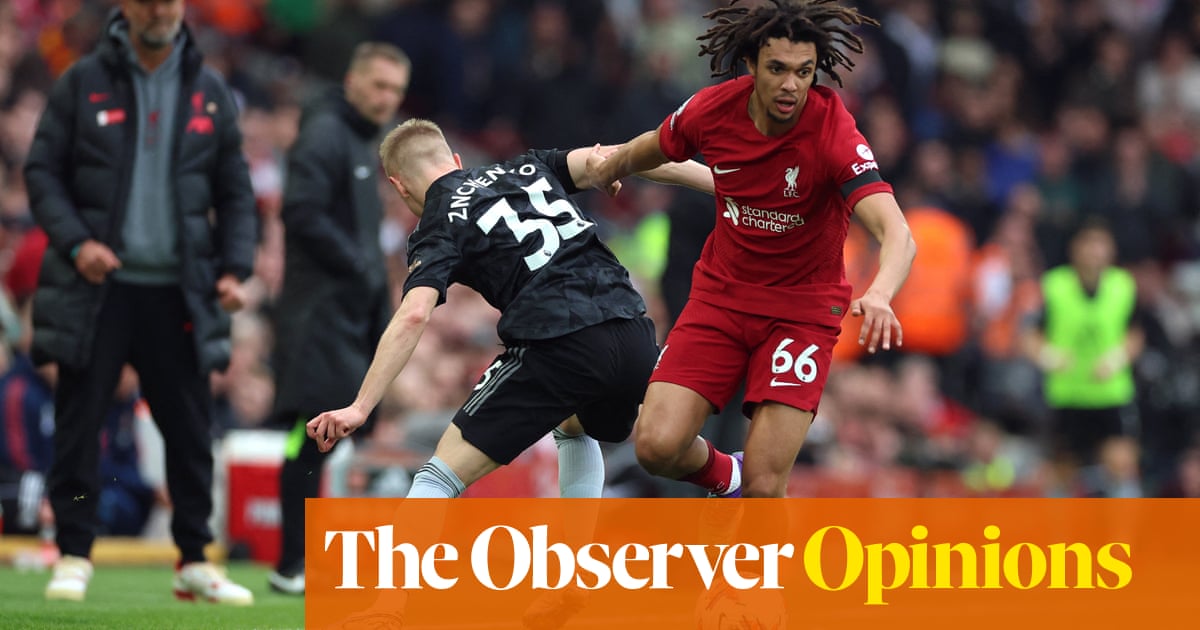
At some point half a decade ago I did the sensible thing: I packed away into boxes the dust-caked piles of CDs (largely unplayed for quite a while) that had followed me through various houseshares. In the following years I lugged those boxes to another rented home and on into storage as I moved to a different country. But I couldn’t truly let the CDs go, even though Spotify had been my main music source for at least 10 years. I no longer even own a fully functioning CD player.
I sometimes half-joke that CDs are due a revival, largely to justify the above state of affairs. But it doesn’t seem to be beyond the realms of possibility, given 20-year nostalgia cycles and rolling waves of revivals for things from the 1990s and early 2000s; perhaps the CD could now be carried along in the flotsam.
Cassettes and vinyl have been revived to varying degrees. The tape resurgence seems a perennial staple of the music press, but it remains a going, if minor, concern. The vinyl revival has been much more widespread (and extensively documented).
When vinyl seemed dead in the water in the 1990s, many ditched extensive collections and let record players slide into obsolescence. But now interest in vinyl crosses several types: the serious crate-diggers seeking original pressings and obscure sounds; the audiophiles and gearheads happy to drop cash on Klipsch speakers; the casual buyer who likes to own a few records; the lifestyle collector tastefully pairing a record with a bottle of natural wine. All of these have combined to create a robust ongoing market for vinyl, as the increasing number of independent record shops in many towns and cities will attest to. Demand has even begun to outstrip supply, while UK sales last year were at the highest level in 30 years. Vinyl sales are now on course to overtake CD sales according to figures from the Entertainment Retailers Association.
This would suggest the vital signs are not good for CDs, but buried within that report was a sliver of hope for the unloved disc: the decline in sales has slowed – well, OK, it’s not much, but it’s a start. And in the US, CD sales increased last year for the first time in 17 years, though this was almost entirely due to the Adele album. Pitchfork has also reported more anecdotal hints to a mild CD revival, while Discogs, the key resale market for music online, showed big leaps in the number of CDs sold over the past two years, with some younger fans gravitating to the format as well.
All this, of course, doesn’t amount to a full-scale comeback of anything; proof of a revival for CDs may come merely in the shape of comment pieces wondering if CDs are due a revival. And yet I have taken some solace in the idea of reverting to physical music formats during the Neil Young/Joni Mitchell contretemps with Joe Rogan and Spotify. Though the former were just two figures in a losing battle with a streaming giant, it hinted at the unspoken precariousness of streaming music: you may not be a Neil Young fan but what if your favourite artist gets in a row with Spotify? What if Spotify gets in a fight with a record label? What if Spotify ever goes down, or goes under? Granted, it now seems to be in the “too big to fail” category, just as the major labels were, until they weren’t. (God help us all if Apple Music is the answer.)
The music analyst Ted Gioia recently asked, “Is old music killing new music?” Most of the money made is in old songs, so all the energy of the music business is being directed there, at the expense of new music, with various other factors compounding the issue. I’ll throw another theory into the mix: often when listening to some new artist I am reminded of an older artist – as is often the nature of music – at which point I’ll think, “Why don’t I just listen to the older band instead?” and then find myself swiftly drawn away from the new to the comforts of the old without difficulty.
In a previous era you probably didn’t have the privileged, easy access to an artist’s entire output, but there might be one cherished record you engaged with deeply. Back when I used to buy CDs there would be a single-minded focus on each album: it was less easy to click away if you didn’t like the first two songs. I would listen repeatedly to something because I’d spent money on the sucker. In the Spotify age, my easily distracted brain is unlikely to stick with new music that doesn’t immediately grab me.
Streaming remains unrelentingly dominant, but vinyl shows there are still gaps to be filled. Last year, the “bicoastal elite” duo How Long Gone, who make a semi-winking podcast about culture with a contrarian eye on being ahead of the curve, signed to the independent label Jagjaguwar to release an album of sorts – a compilation of the label’s music interspersed with conversation from the pair. They released it solely as a double CD. “It’s just a fun thing to do,” co-host Chris Black told the New York Times. “Tapes are corny. Vinyl is corny. CDs are cool.”
I took that to mean both tapes and vinyl require an amount of earnestness – tapes in DIY sensibility, vinyl in studied connoisseurship – and both are over-valorised to boot, whereas CDs may have a certain casualness that appeals. Perhaps this then points to a future for CDs: an occasional tangible object for people who don’t want to try all that hard. Maybe someone could start selling a small, elegant, cheap-ish CD player that connects to a Bluetooth speaker? Either that or I just need to admit defeat and finally get rid of those neglected boxes of musical relics.
Larry Ryan is a freelance writer and editor












